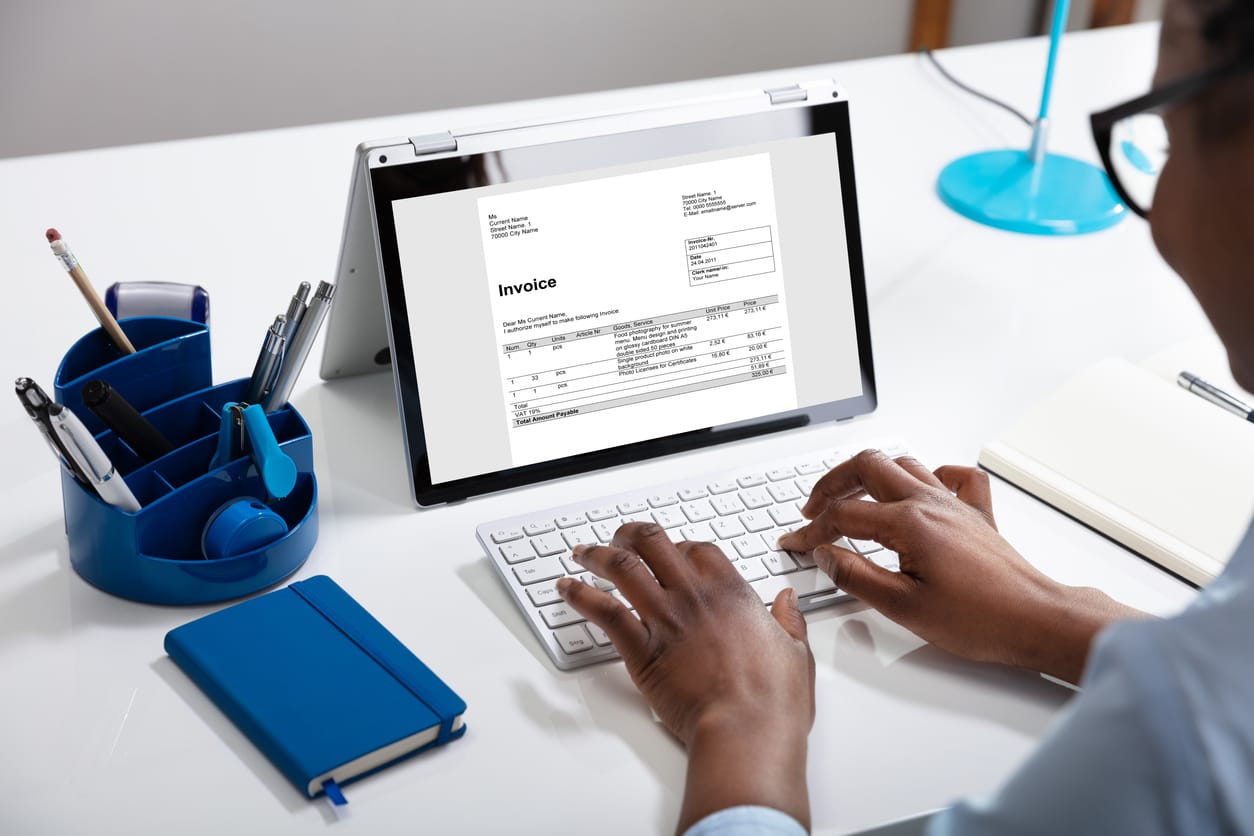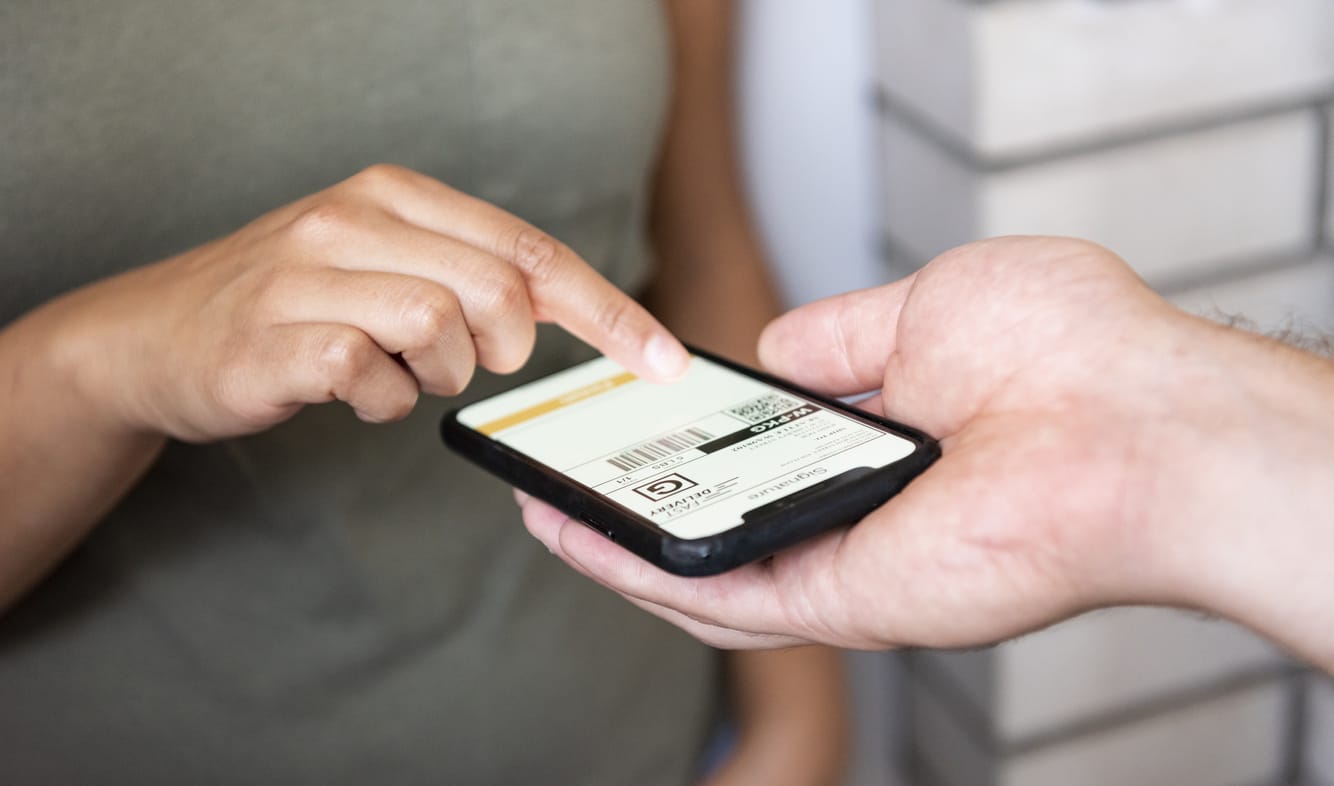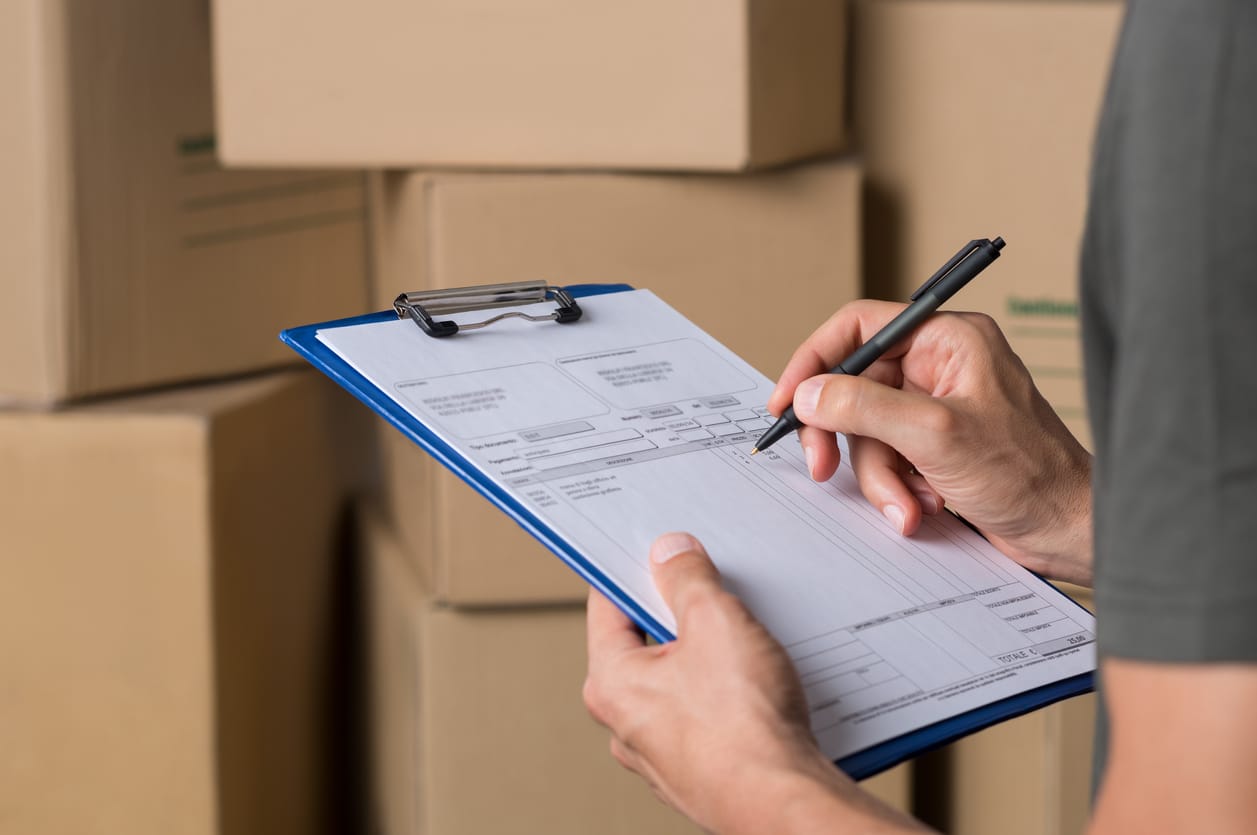Much like any industry in the world, freight shipping has many terms that are unique to that industry. Because of the uniqueness of the words, not many people will understand what they mean if they are just starting out in the freight shipping business. Two very common terms, or phrases in this case, are bill of lading (BOL) and proof of delivery (POD). While these are two similar phrases as they both provide evidence of a contract or transaction, they are also different with a major distinction between the two. Essentially, the main difference between the two phrases is that the participating parties in the transaction and the point at which the contract is signed is what makes the difference between the phrases.

The official definition of a bill of lading is essentially a receipt, or proof of the contract between the shipper and the carrier. A BOL is a legally binding contract and contains all of the details to process and invoice a freight shipment. This will also include all pertinent information related to the shipment like the following:
- Order numbers – these numbers are required at pickup and delivery of the freight
- Name and addresses – both the shipper and consigned are required to present their names and addresses on the BOL.
- Special instructions – the specifications and instructions for the carrier will be on the BOL, but it should not be extra service requests like delivery notifications.
- Date – The date on the BOL will be the day the consignee can expect to receive the shipment.
- NMFC freight class – this will impact how much the freight shipment will costs, and will fall under one of 18 classes depending on the density, handling, liability, and storability of the goods.
- Description of items – this would include the dimensions, weight, density, information about the materials, and the quantity of goods.
There are of course more that could be found on a BOL, but the aforementioned are the most common.

There are many different types of BOL’s as they all have different terms within their contracts. Because of this, there are 18 total common bill of ladings.
-
Master bill of lading
Issued by the trucking company, shipping line, or whoever owns the transport vessel being used for shipment.
-
House bill of lading
This is given to clients by the broker of the carrier, and is also known as a forwarder’s bill of lading.
-
Open bill of lading
This enables the shipment to be transferred from one consignee to a predetermined consignee if the original consignee signs off.
-
Order bill of lading
This restricts the goods to be delivered to someone predetermined by the shipper. This BOL must be verified by the one who is responsible for the delivery.
-
Bearer bill of lading
This BOL requires the shipment to be delivered to whoever has the BOL and the consignee can be unspecified and even negotiated later during delivery.
-
Straight bill of lading
This is also known as a non-negotiable bill of lading as the shipment is consigned to one specific person and when claiming ownership of the delivery, neither the endorsed or the endorser is prioritized. They must pay in advance before receiving the shipment and may be required to hold the original bill at the time of delivery.
-
Received for shipment bill of lading
This is a temporary BOL used when a transport vessel is late.
-
Shipped bill of lading
This BOL is created when the goods are boarded onto the vessel to legally bind the carrier with the vessel owner.
-
Ocean bill of lading
This BOL is required when goods are transported using ocean freight.
-
Inland bill of lading
This is used for domestic shipments that are bound to the land.
-
Airway bill of lading
This bill lading is a requirement created by the air freight company.
-
Clean bill of lading
This BOL is created when a shipment has been loaded onto the carrier in good condition and the goods cannot be declared defective. If the goods end up being damaged, the clean bill of lading is replaced by a dirty BOL.
-
Dirty bill of lading
This is a clause that states the condition of the goods can be labeled as “dirty” if there is damage to the packaging, broken goods, or incorrect quantity of goods.
-
Through bill of lading
A legal document that allows shipment to be passed from one distribution center to another, and can be transported with different means of transportation.
-
Combined transport bill of lading
This BOL is fairly straightforward as it allows cargo to be transported through multiple modes of transportation, and it is also known as a multimodal transport BOL.
-
Direct bill of lading
This BOL is used when cargo is both picked up and delivered by the same vehicle.
-
Stale bill of lading
If the shipment arrives at the port before the BOL, the BOL is considered “stale”.
-
Surrender bill of lading
This is created for an importer by an exporter to signify the cargo is received and the ownership has been transferred.

A proof of delivery (POD) is a receipt that is signed by the consignee after receiving the delivery. The POD confirms that the delivery was completed at the agreed upon time and there are no damages to the goods. It is important if you are the one obtaining the delivery that you follow a few guidelines before signing.
- Have photographs sent of what the packages look like before it is shipped.
- If there is any damage to the cargo, take photographs of them.
- Make sure you take your time when inspecting the shipment both externally and internally.
If there are noteworthy damages use the following steps:
- Report the issues within 2 to 5 days upon receiving the delivery.
- Provide shipment information on the BOL and the pod.
- Finally, give your contact information to the consignee.

The bill of lading and proof of delivery are both extremely important documents for hauling goods. There are many different forms of BOLs, and it is important to understand all of them and when they should or should not be used. Proof of delivery should only be signed when the consumer is sure the package is delivered without damage to the interior or exterior. Understanding the different BOL’s and what to do if a package is damaged upon delivery are both vital for effective delivery.
If you are still a bit confused and/or have other concerns, contact an experienced Ship A Car transport coordinator for a free no obligation quote for transport and a little education on the entire shipping process.




